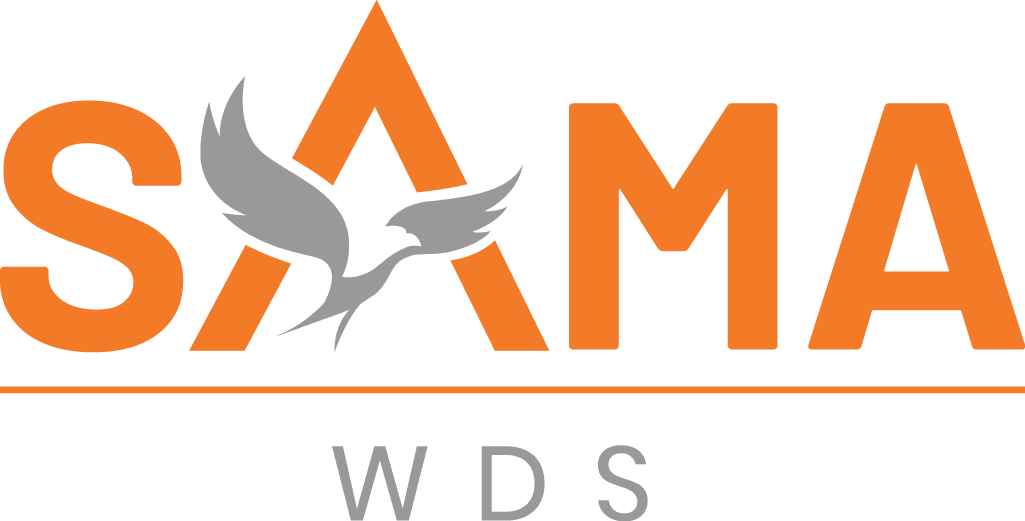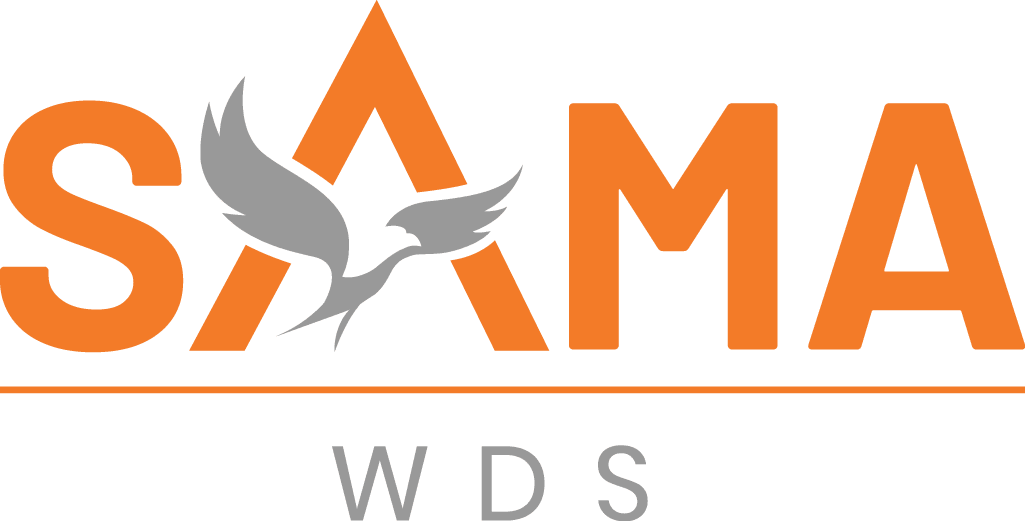
How to Optimize Your HR Service Delivery Model with Workday for Maximum Efficiency
The HR service delivery model is a critical framework that defines how an organization’s human resources department provides services to its employees. This model includes various methods and processes, such as managing employee inquiries and executing HR transactions. Its importance cannot be overstated; a well-optimized HR service delivery model can lead to increased efficiency, improved employee satisfaction, and streamlined operations.
Organizations today are moving away from traditional, decentralized approaches and adopting more modern, multi-tiered models. These advanced models centralize HR functions and include self-service options, making them ideal for larger companies seeking scalability and efficiency.
Key takeaway: In this article, we will explore how to optimize your HR service delivery model with Workday for maximum efficiency. We’ll discuss different HR service delivery models, key components of effective delivery systems, best practices for leveraging Workday, real-world examples, and common challenges during implementation.
Understanding Different HR Service Delivery Models
Traditional HR Service Delivery Model
The traditional HR service delivery model is characterized by a decentralized and hands-on approach. In this model, HR professionals handle various tasks manually, such as payroll processing, employee inquiries, and benefits administration. This model is often suitable for smaller organizations where the volume of HR activities is manageable without sophisticated automation or tiered support systems.
Key Features:
- Decentralization: Each department may have its own HR representative.
- Direct Interaction: Employees often interact directly with HR personnel for their needs.
- Manual Processes: Limited use of technology for automating repetitive tasks.
Looking for help optimizing your Workday solutions?
Unlock the full potential of your Workday solutions with our optimization expertise.

Multi-Tiered HR Service Delivery Model
In contrast, the multi-tiered HR service delivery model introduces a structured approach to managing HR services by categorizing support into different levels based on complexity. This model is better suited for larger organizations that require scalable solutions to handle high volumes of HR activities efficiently.
Key Features:
- Tier 0 (Self-Service): Employees use self-service portals for basic queries and transactions.
- Tier 1 (Basic Support): Generalist support for routine inquiries and issues.
- Tier 2 (Specialized Support): Experts handle more complex issues requiring specific knowledge.
- Tier 3 (Strategic Support): Senior HR professionals manage high-level strategic initiatives.
Comparison and Suitability
When comparing the two models, the traditional approach offers simplicity but can become inefficient as the organization grows. Manual processes may lead to delays and errors, impacting overall productivity. The multi-tiered model, leveraging advanced technologies and structured tiers of service, enhances efficiency and employee satisfaction by:
- Reducing response times through self-service capabilities.
- Allocating specialized resources effectively.
- Streamlining routine tasks with automation.
Smaller organizations might benefit initially from a traditional model due to its straightforward nature. Larger enterprises, facing increased complexity and higher volumes of HR requests, often find the multi-tiered model indispensable for maintaining operational efficiency and delivering a superior employee experience.
By understanding these models’ nuances, organizations can choose the one that aligns best with their size, structure, and long-term goals.
Key Components of an Effective HR Service Delivery Model
Technology Integration in HR Service Delivery
Leveraging technology is crucial for enhancing the efficiency of HR processes. Advanced tools like AI and automation streamline various functions such as:
- Recruitment Processes: Automated applicant tracking systems (ATS) can handle resume parsing, initial screening, and interview scheduling.
- Employee Onboarding: Digital platforms facilitate seamless document submission, training modules, and orientation programs.
- Performance Management: AI-driven analytics provide real-time feedback and performance metrics.
Using these technologies not only reduces manual workload but also ensures accuracy and consistency across HR operations. The integration of advanced tech solutions enables better data collection, which in turn supports improved decision-making and strategic planning.
Employee-Centric Approach to HR Services
An employee-centric approach improves the overall experience for employees by reducing friction in accessing HR services. This focus on employee satisfaction can be seen through initiatives like:
- Self-Service Portals: Allowing employees to access information and complete tasks such as updating personal details, viewing payslips, or submitting leave requests.
- Flexible Communication Channels: Providing multiple ways for employees to interact with HR, whether through chatbots, emails, or direct messaging platforms.
- Personalized Experiences: Tailoring services based on individual employee needs and preferences enhances engagement and loyalty.
Emphasizing an employee-centric model ensures that the human element remains integral, fostering a supportive work environment that values each individual’s needs.
By integrating technology effectively and focusing on the employee experience, organizations can build a robust HR service delivery model that is both efficient and user-friendly.
Best Practices for Optimizing Your HR Service Delivery Model with Workday
Workday for HR service delivery optimization plays a crucial role in modernizing and streamlining HR processes through innovative solutions. The platform’s comprehensive suite of tools and capabilities allows organizations to transform their HR service delivery models effectively.
Workday’s Role in Transforming HR Service Delivery
Workday offers several features that contribute to the transformation of HR service delivery:
- Unified Platform: Workday provides a unified platform that integrates various HR functions such as payroll, talent management, and benefits administration. This consolidation reduces the complexity of managing disparate systems and enhances data accuracy.
- Real-Time Analytics: Leveraging real-time analytics, Workday enables HR teams to gain valuable insights into workforce trends, performance metrics, and employee engagement levels. These insights facilitate data-driven decision-making.
- Employee Self-Service: Workday empowers employees with self-service capabilities, allowing them to access personal information, request time off, or update benefits without needing HR intervention. This autonomy improves satisfaction and reduces the administrative burden on HR staff.
Cloud-Based Technology in Workday
The cloud-based technology in Workday offers several advantages that streamline processes and enhance collaboration among HR teams:
- Accessibility and Scalability: Being cloud-based, Workday ensures that users can access the system from anywhere at any time. This flexibility is crucial for global organizations with distributed workforces. Additionally, the platform can easily scale with the growth of the organization.
- Automatic Updates: Workday continuously updates its software to incorporate the latest features and security enhancements. Organizations benefit from staying current without the need for manual upgrades.
- Enhanced Collaboration: Cloud technology fosters improved collaboration by providing a centralized repository for documentation and communication. Teams can collaborate on projects in real-time, reducing delays and improving efficiency.
Implementing Best Practices
To maximize efficiency using Workday for HR service delivery optimization:
- Train Employees: Invest in comprehensive training programs to ensure that both employees and HR staff are proficient in using Workday’s features.
- Customize Modules: Tailor Workday modules to fit specific organizational needs, ensuring that each function aligns with business objectives.
- Monitor Performance: Regularly review system usage and performance metrics to identify areas for improvement and optimize processes continuously.
Embracing these best practices ensures that organizations fully leverage the potential of Workday to enhance their HR service delivery models.
By focusing on these aspects, businesses can create a seamless transition to more efficient HR operations while maintaining high employee engagement levels.
Real-World Examples: Successful Implementation of Workday for Enhanced HR Service Delivery
Case Study 1: Unilever
Unilever, a global consumer goods company, successfully optimized its HR service delivery model using Workday. Before implementation, Unilever faced challenges with inconsistent HR processes across various regions. By adopting Workday, they standardized their HR functions globally, leading to:
- Improved Data Consistency: A unified platform for all HR data enhanced accuracy and reliability.
- Enhanced Employee Experience: Self-service capabilities empowered employees to manage their own HR tasks efficiently.
Case Study 2: Netflix
Netflix utilized Workday to streamline their HR operations across multiple countries. The scalability of Workday’s cloud-based solutions allowed Netflix to:
- Facilitate Rapid Expansion: Seamlessly integrate new employees and locations into their existing system.
- Boost Collaboration: Enhanced communication and collaboration among HR teams spread across various geographies.
Case Study 3: Rolls-Royce
Rolls-Royce implemented Workday to transition from a legacy HR system to a more agile and efficient model. This transformation resulted in:
- Operational Efficiency: Automated workflows reduced manual effort and processing time.
- Strategic Insights: Advanced analytics provided valuable insights into employee trends and performance metrics.
These case studies on Workday implementation for HR services demonstrate substantial improvements in efficiency and effectiveness, showcasing the potential benefits for organizations of different sizes and industries.
Looking for help optimizing your Workday solutions?
Unlock the full potential of your Workday solutions with our optimization expertise.

Navigating Challenges in Implementing an Optimized HR Service Delivery Model with Workday
Adopting new technologies for HR services often presents several challenges. Organizations typically encounter common obstacles during the implementation phase of an optimized HR service delivery model using Workday:
Resistance to Change
Transitioning to a new system can be met with resistance from employees accustomed to existing processes. Overcoming this requires:
- Comprehensive Training Programs: Ensuring that staff are well-acquainted with Workday’s functionalities can alleviate apprehensions.
- Change Management Strategies: Implementing structured approaches to manage transition phases helps in minimizing disruptions.
Data Privacy Concerns
With the integration of cloud-based solutions, data privacy becomes paramount. Addressing these concerns involves:
- Robust Security Protocols: Utilizing encryption and other security measures to protect sensitive employee information.
- Compliance with Regulations: Adhering to relevant data protection laws such as GDPR or CCPA to ensure legal compliance.
Integration Issues
Seamlessly integrating Workday with existing systems can be challenging. Effective strategies include:
- API Utilization: Leveraging Workday’s APIs to facilitate smooth data exchange between systems.
- Custom Solutions: Developing tailored integrations that meet specific organizational needs.
Cost Implications
Initial setup and ongoing maintenance costs can be substantial. Mitigating these involves:
- Cost-Benefit Analysis: Evaluating the long-term benefits against initial investments.
- Scalability Considerations: Planning for scalable solutions that can grow with the organization.
By addressing these challenges proactively, organizations can better navigate the complexities associated with implementing an optimized HR service delivery model using Workday.
Conclusion
Modernizing HR service delivery with Workday is essential for staying competitive in today’s fast-paced business environment. Leveraging advanced tools like Workday not only streamlines HR processes but also enhances collaboration and boosts overall efficiency.
Adopting a modern HR service delivery model ensures that organizations can:
- Meet the evolving needs of their workforce
- Maintain data integrity
- Foster a more employee-centric culture
By embracing these technologies, companies are better positioned to drive sustained success and operational excellence.
Looking for help optimizing your Workday solutions?
Unlock the full potential of your Workday solutions with our optimization expertise.

